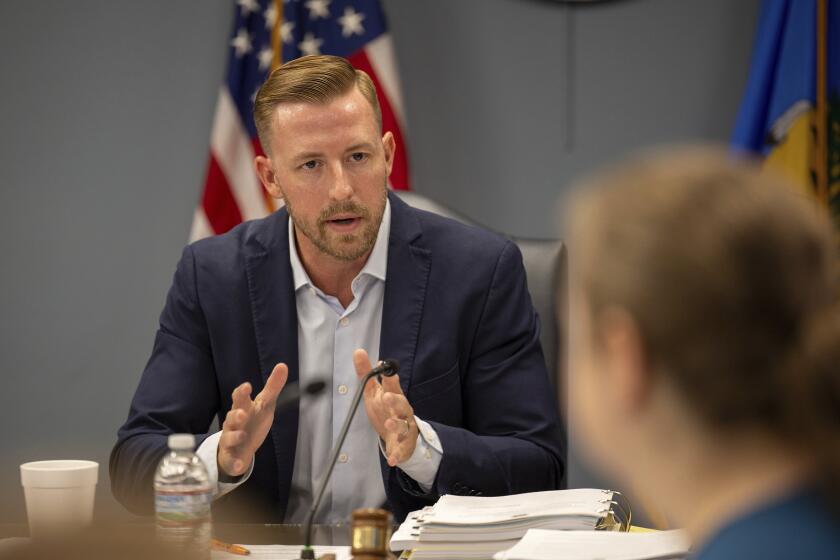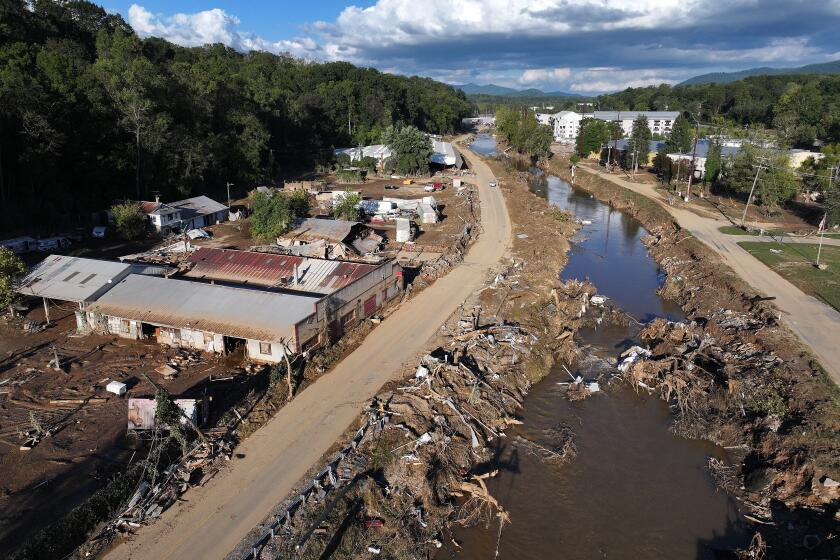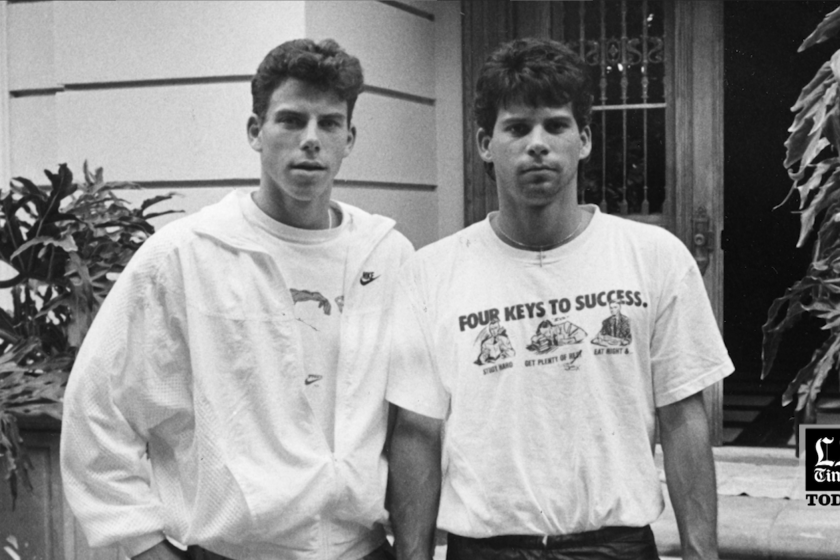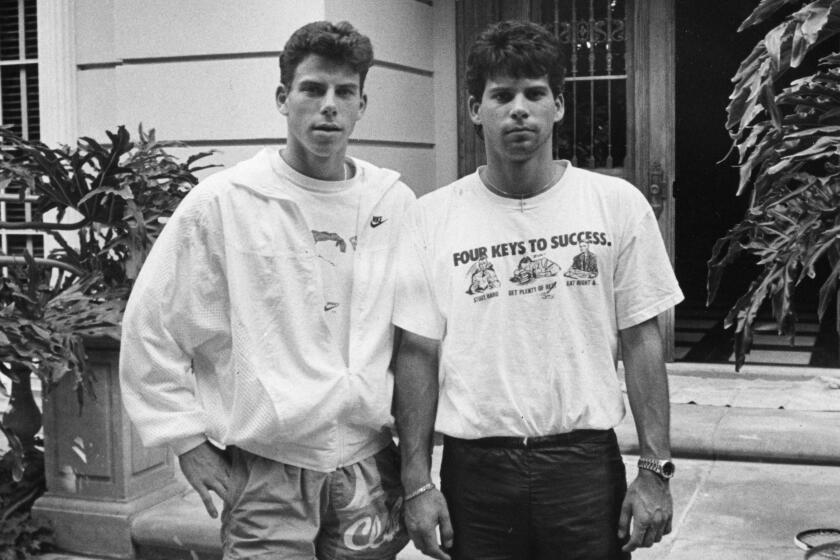Opponents of the bill include the Howard Jarvis Taxpayers Assn., which says the bond would result in higher property tax bills because most school districts must provide a match that would require issuing new new local school bonds. With interest, the local bonds — paid off through increased property taxes — would cost taxpayers an estimated $18 billion “for school buildings that may not even be necessary.”
The bond is also opposed by Reform California, a project of former San Diego City Councilman Carl DeMaio’s State Assembly campaign. “Prop 2 is a costly and unfair burden on working families — the spending is unnecessary, and facilities could be improved with existing funds if the government managed its budget better than a drunken sailor,” DeMaio said in a statement.
In addition, some low-wealth districts and Public Advocates, a public interest law firm, opposed AB 247, the bill that created Proposition 2, because they say the proposal did not go far enough in addressing the equity gap that benefits affluent school districts.
A recent report from the UC Berkeley Center for Cities + Schools found that districts in the wealthiest communities got $4,000-$5,000 more, per student, to modernize their facilities than districts in the least affluent communities. This is because districts receive a match based on what they can raise themselves. Districts with low wealth and property values are limited in the amount of a bond they can raise, while wealthy districts and large urban districts like Los Angeles and San Francisco can raise much more.
Public Advocates has not taken a formal position on the bond, but wrote in a statement that it “remain[s] concerned that this funding will not reach the low-income students of color in low-wealth districts that need it most.” The group had threatened to sue the state for violating students’ constitutional right to a high-quality education, but said it would not file anything until after the November election.
So far, no money has been raised in opposition of the bond.



















